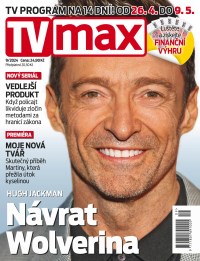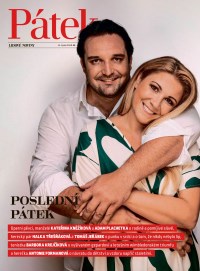- Pondělí
24. 6. - Úterý
25. 6. - Středa
26. 6. - Čtvrtek
27. 6. - Pátek
28. 6. - Sobota
29. 6. - Neděle
30. 6. - Pondělí
1. 7. - Úterý
2. 7. - Středa
3. 7. - Čtvrtek
4. 7. - Pátek
5. 7. - Sobota
6. 7. - Neděle
7. 7.
TV program na celý týden: ČT1, ČT2, Nova, Prima, Nova Cinema, Nova 2, Nova Action, Nova Gold, Prima Cool, Prima Love, Prima ZOOM, Barrandov













































































































































































































































































































































































































































































